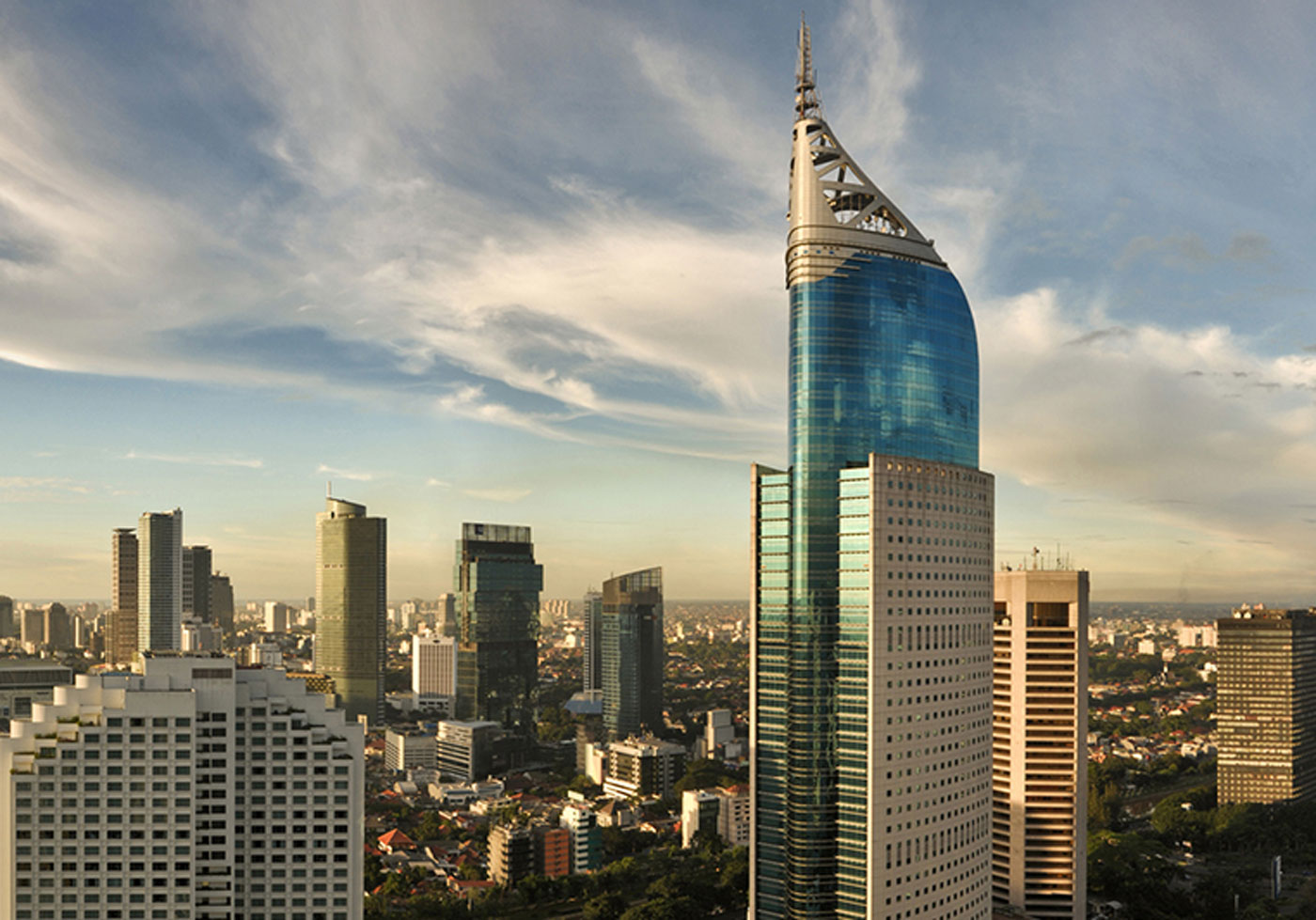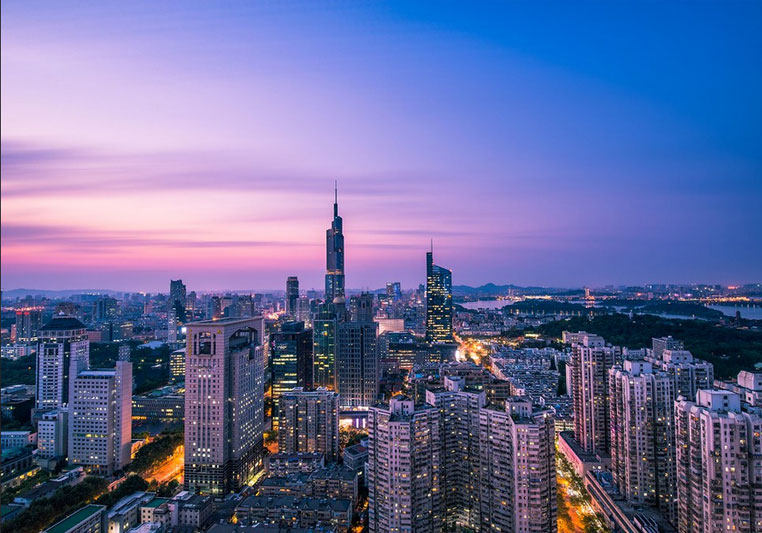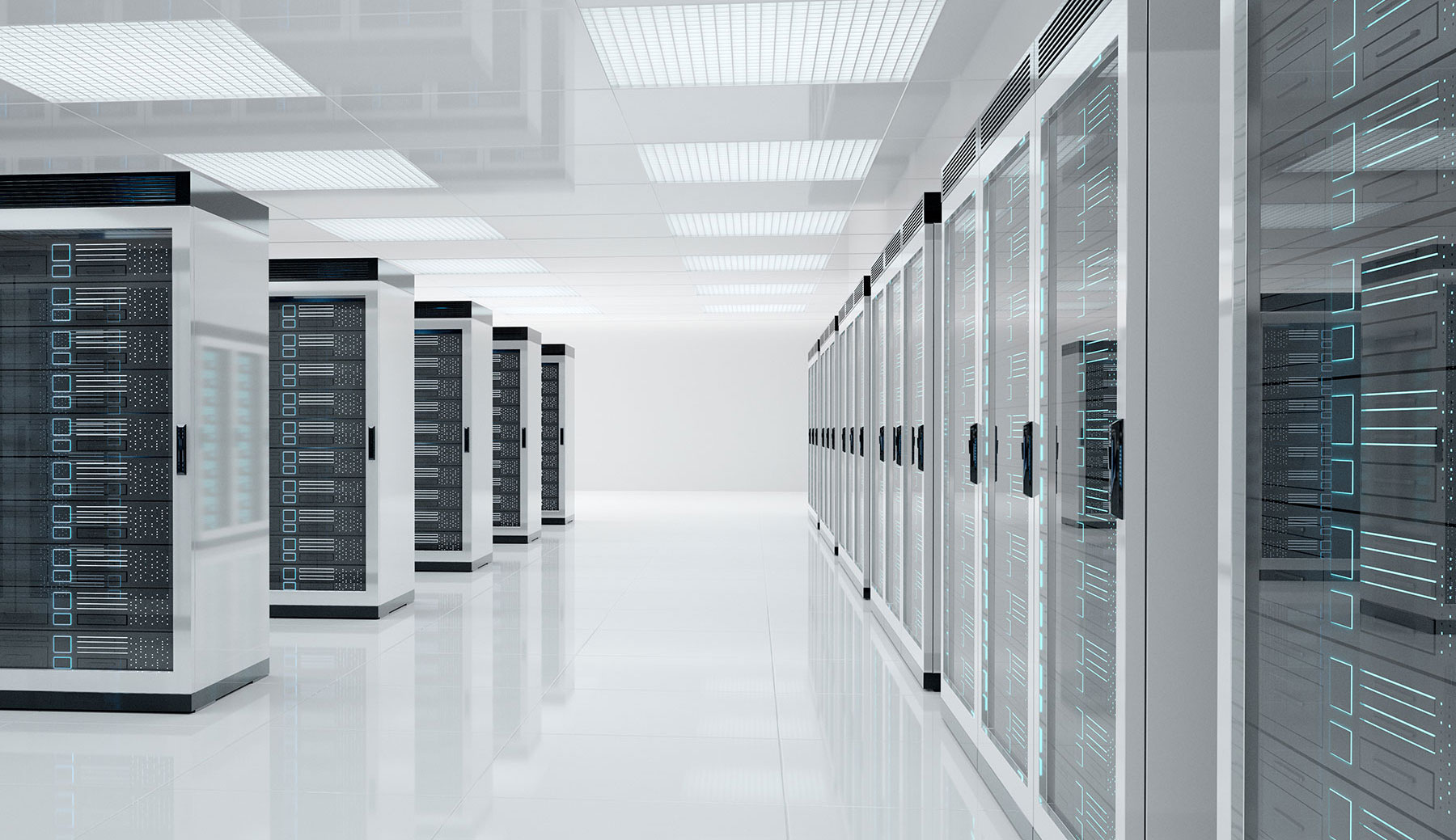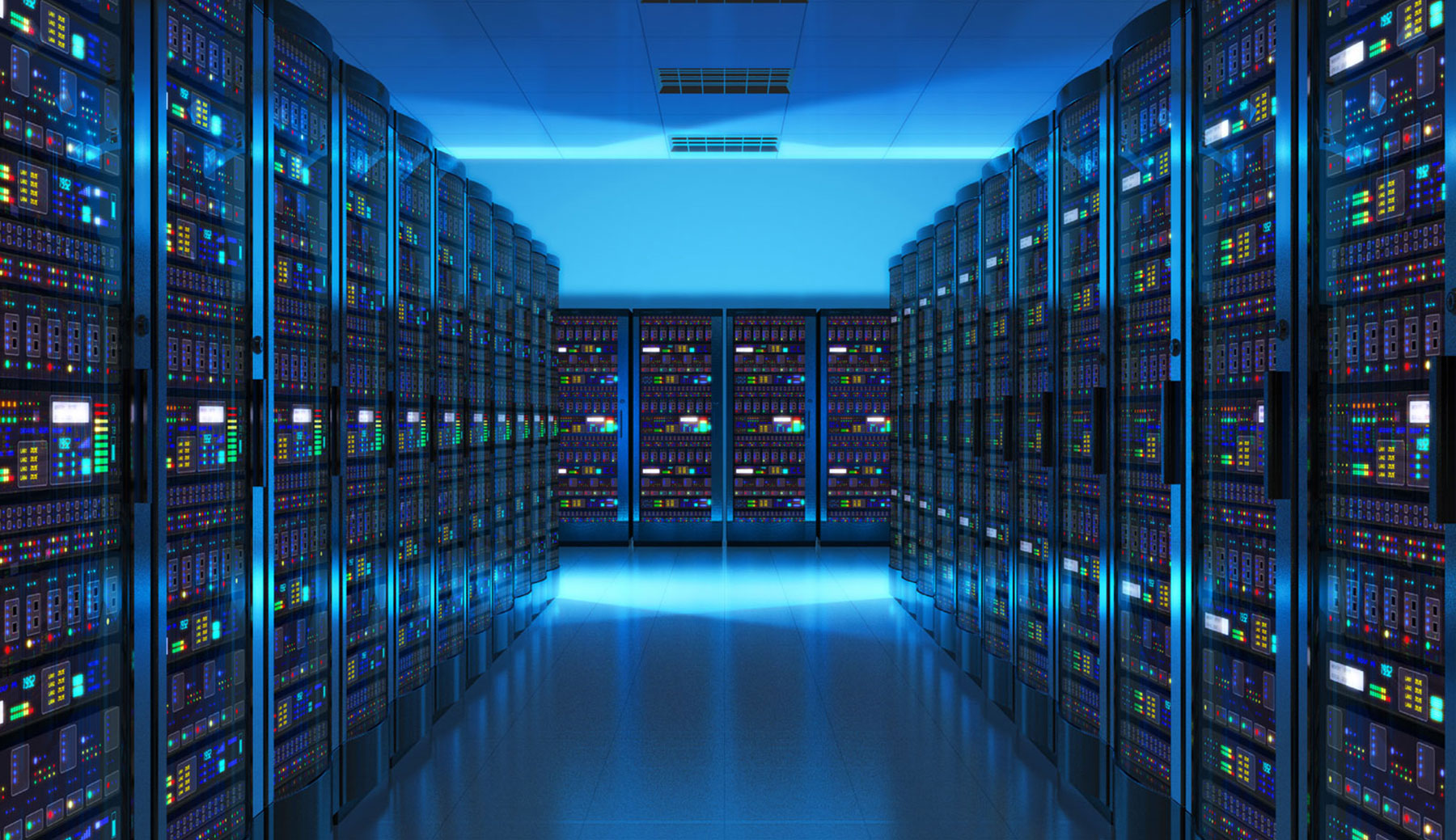Following The Sun
Is blaming Renewables for Texas’ Snow Woes fake news, and will Data Centers go Green?
Go ahead and hazard a guess: what was the tipping point for America on renewables?
How about the final Presidential Debate leading up to the December 2020 elections. In response to a question on the fabled New Green Deal, candidate Biden dissed fossil fuels. One can’t do that and survive politically. Trump, who clearly couldn’t believe his ears, pounced for the jugular and that should’ve been that. Biden instead went on to become President – demonstrating that a majority of voters understand his argument even if other politicians don’t.
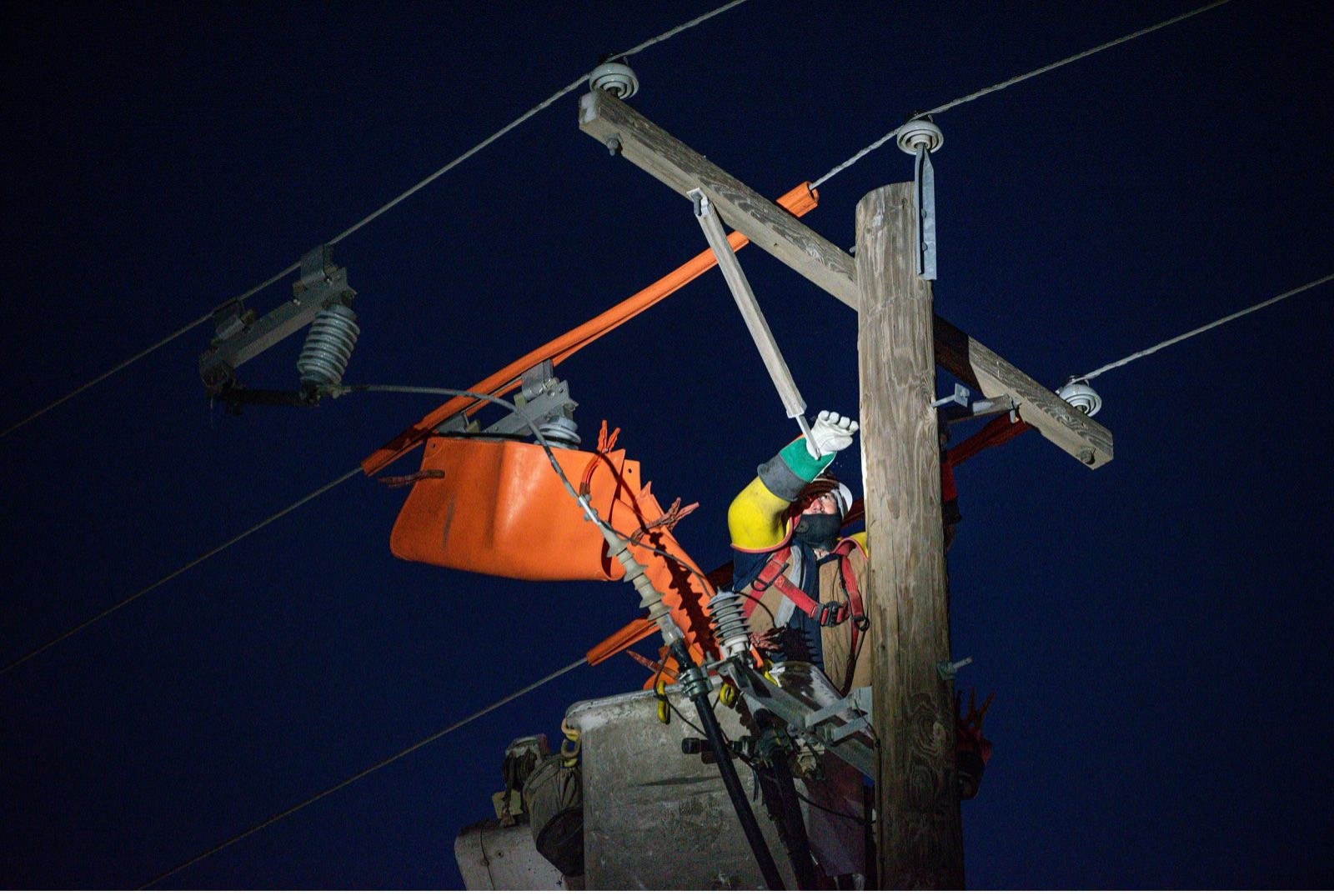
And just in case we think that was a gaffe, President Biden has since doubled down— saying he wants fossil-fuel emissions from power generation to end by 2035 and the economy to be carbon-neutral by 2050. Expect opposition to this. Hostilities notwithstanding and any which way one looks at it, in less than half a century the internal combustion engine goes to history’s dustbin alongside the horse & buggy it replaced.
No surprises therefore, Green now has marquee space on the energy billboard. As well as a big target on its back — recently seen during the Texas power disaster, unfolding as we speak. There was an attempt by the Texas governor to pin blame for the power grid collapse on renewables. With a little help from his friends. Fox’s Tucker Carlson, for example, claimed millions of Texans lost power because wind turbines froze. Not one to allow facts to get in the way of a good hit job, Carlson fails to mention:
· Wind delivers just 10% of the power Texas consumes. If wind turbines froze, so did all the rest of 90% of Texan power supply — gas lines and equipment, coal & nuclear power plants.
· The American stations in Antarctica run on wind power and the turbines there don’t freeze. Neither do the ones in the Nordics. That’s because unlike in Texas they winterise their outdoor power generating equipment. Chemicals are applied to turbine fans to avoid ice buildup and heating elements using a fractional of the windmill’s own generating capacity, keep turbine motors from freezing up.
· The reason even basic steps aren’t taken by Texas to maintain good repair across gas, coal, nuclear and wind installations is because of deregulation. Without oversight and consumer protection a utility will always veer towards zero when it comes to maintenance. Ten years ago, Texas weathered a similar winter storm and the power grid was asked to winterise its equipment. But it was a recommendation and not mandated. So of course they didn’t.
· That the famously independent Texan power grid named, The Texas Interconnection, is not interconnected at all and unable to pull power from the national grid in times of need.
· That the frequency of extreme weather like what Texas just experienced means more, not less, Green is needed in our energy diet.
And no one needs Green power more than data center operators because of the quantities we draw. Host countries and their city municipalities are calling us out for our electric guzzle. For the size of our carbon footprint. For not coming up with solutions even as we accelerate building new facilities to meet demand.
If anything, the pandemic conclusively established data centers as essential to a country’s infrastructure and broadband reach; no less critical than railroads, highways and the electric grid; the last one — electric grids — being equally essential to data centers as mentioned above. Electricity is a data center’s life blood and it needs lots of it. Therein lies the conundrum.
Electricity’s not all that clean if it takes coal to produce it. And the longer the world remains in lockdown & online, with all of us tearing around the Internet for work, food, & solace, those many more data centers are needed to manage all this activity inside row upon row upon endless rows of servers pulling power like crazy. Think about what all this does to our carbon footprint. City municipalities world over did precisely that and decided enough already.
In 2019 Amsterdam —primarily its Haarlemmermeer district— slapped a ban on further data center builds. Last I checked in 2020, they were mulling whether to ease up or not. Then there’s Singapore, the world’s third largest data center hub after Ashburn and Amsterdam. It’s been restrictive for a while now and recently announced a further clampdown on new builds. The Tier 1 Chinese cities — Beijing, Shanghai, Shenzhen, Guangzhou — are also going heavy handed on new builds. Indonesia is classically torn between mandating sovereign data be kept in-country (meaning more data centers needed) and worrying about what all those data centers mean to an already overloaded power supply infrastructure. This holds true across the AsiaPac. Municipalities want data centers but not the same old, same old.
Better PUEs is, of course, what first comes to mind. Being the ratio of total energy used by a data center to the energy delivered to the IT equipment, it is the universal measurement of efficiency for any data center. China ordained in 2016 not to bother building data centers on their turf if we operators can’t deliver a PUE of 1.5 or lower. While this will definitely eke out efficiencies, the electricity we pull continues to burn coal and that is the greater problem.

How about captive power plants based on renewables to replace the power grid as a primary source of electricity? Sure, if you’re Google and can dam a river to deliver hydroelectric power. They’ve done that in the Nordics. The rest of us need more modest solutions. Maybe a captive natural gas turbine plant? Maybe, as long as the local power grid is more expensive and less reliable. The biggest problem with such solutions is a dependency on government subsidies that are here today but as likely gone tomorrow. We almost put one up in our Nanjing camp then killed it seeing cost & reliability advantages vanish with China’s power grid becoming world class.
What about natural gas or other renewables like solar & wind as a secondary source instead of primary? To replace those fossil fuel guzzling gensets currently so integral to a data center? Let’s first write off solar panels as a viable secondary source for obvious reasons. As anyone running a critical facility will tell you, emergencies perversely tend to happen at night — after you’ve had dinner and are all tucked in. Precisely when solar is no solace. Until our power storage technologies break current barriers — and they will — solar is not a viable alternative to data center gensets.
Natural gas doesn’t fare well either for different reasons. Because unlike gensets, a natural gas turbine can’t be economically harnessed for intermittent use. Customers therefore remain leery of natural gas solutions either replacing the grid to become a primary source or replacing gensets to be secondary for the reasons laid out above.
At BDx, we feel the heat just like the rest of the industry and have to contend with all of the above. For us however, a solution was hiding in plain sight. Our investor and largest shareholder is a significant investor in renewables across the globe. While having solar or wind as a secondary source doesn’t work, counter-intuitively it does as a primary; as long as the green power is supplied to the power grid and the data center pulls an equivalent amount of green power from the same grid. This is precisely what BDx would do with our Group’s renewable energy projects. Of course to crack the code, national power utilities should allow Power Purchase Agreements (PPAs) that establishes a nexus with the green supplier.
Moral of the story? For Green power to be real, national power grids, renewable energy providers and data center operators need to come together and deal with the challenge as one. Also that National grids the world over need to carefully study how Texas manages its electricity. Then proceed to do the exact opposite.
-From the desk of Braham Singh, BDx CEO.
